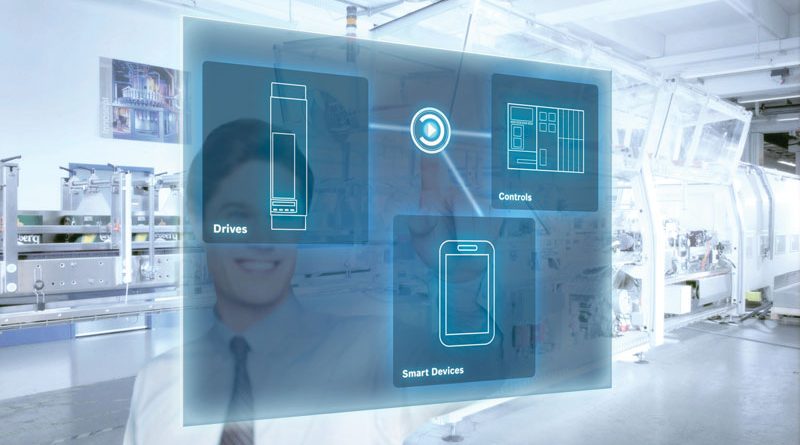Flexible and Interconnected: Here’s the Assembly of the Future
According to Bosch Rexroth’s vision, in the digitized factory, assembly will rely on an ever closer interconnection between operators and automated systems, with the aim of increasing efficiency and productivity. We discussed the concept of Connected Flexibility and its practical applications – from the collaborative robot to the smart screwing system, up to the operator support system – with Bosch Rexroth’s Head of Digital Factory, Marino Crippa.
by Franco Parrino
What will be the manufacturing of the future? It will be featured by ever shorter product life cycles, smaller batches and quite a high customisation degree. But this is no longer news.
What is important to underline, however, is that production systems must necessarily evolve, in search of the highest efficiency and adaptability, in view of these trends. Such an assumption applies to all the stages of the process, including the crucial assembly stage, which will rely on an ever closer interconnection between operators and automated systems.
In short, we are moving towards a paradigm shift. “We no longer work on time and method – explains Marino Crippa, Head of Digital Factory at Bosch Rexroth – but we rather act on a lean concept that makes the whole process more efficient”. The concept of Connected Flexibility, which the global specialist in industrial automation solutions has introduced with a view to increasingly smart production, comes right from this idea.
The applications of Connected Flexibility
This concept is based on several pillars. ActiveAssist is an intelligent assembly assistance system that guides employees through every step of a large number of assembly variants, up to batch size 1. Apas Assistant is a proof of how the human-machine relationship can become increasingly tight: Apas is, in fact, a new collaborative robot – with a reach of 1100 mm and a payload of 10 kg – designed to carry out repetitive or ergonomically unfavourable tasks independently and with great accuracy, but above all to be able to do so in perfect safety even in the presence of operators, also safeguarding their safety. VarioFlow Plus, on the other hand, is a versatile, standardised, high-performance transport system designed for the food & packaging, healthcare and automotive industries, as well as for assembly lines for electronic products and for interconnection between machines.
In addition, there are turnkey solutions for process automation, such as the TS5 transfer system, capable of transporting heavy loads up to 300 kg, highly modular and connected to Active Assist, the Nexo Class A wireless screwing system, or the ActiveMover, a highly dynamic transfer system based on linear motors that allows greater productivity and flexibility thanks to the rapid and precise positioning of the workpiece pallet.
Increasing process quality and throughput
“Digitization has a very clear purpose, which is to increase productivity”, adds Mr Crippa, whom we met at MecSpe.
“In the case of a screwing system, for example, information on the quality of the screwing operation itself is transmitted via Wi-Fi to our performance monitoring software, making every single operation perfectly traceable”.
Increasing process quality and throughput remains the key issue of Bosch Rexroth’s Connected Flexibility, all the more so when it comes to systems designed to support the operator in a manual assembly environment. “Automating the sequence of operations is a key step to make the operator’s task easier. He is no longer the only responsible for the assembly sequence and is relieved of the risk of downtime caused by possible human error”, adds Mr Crippa. “According to our vision, supporting the operator means directing him more and more towards supervising the assembly process, delegating activities with lower added value to robots or other systems. To do so, quite an important prerequisite is the possibility to rely on production systems capable of self-configuring according to the specific characteristics of the product or even the single piece. In other words, it is no longer the machine that is set up according to the product, but the product that ‘drives’ the machine”.
The concept of Connected Flexibility is closely related to the idea of an integrated and interconnected production system. “As Bosch Rexroth – concludes the Head of Digital Factory – we start from the need to make our own production plants more efficient, first of all. Then, the solutions developed are launched on the market. For us, the factory environment has to be considered as a whole: from the production of the single piece up to advanced intralogistics management”.

